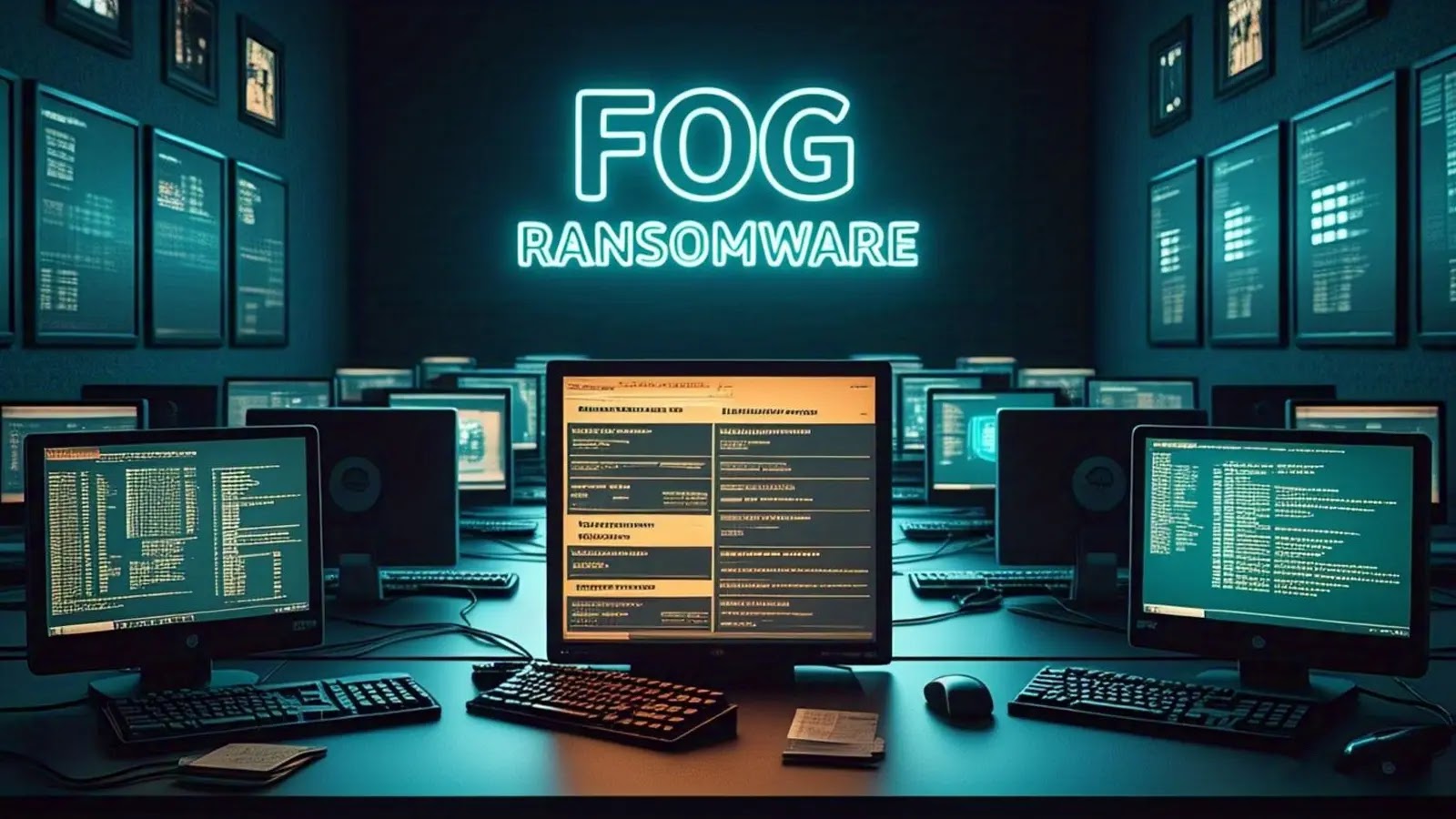In December 2024, cybersecurity researchers uncovered an open directory linked to the Fog ransomware group, providing an unprecedented glimpse into the tools and methodologies employed by these cybercriminals. This discovery sheds light on the sophisticated techniques used to infiltrate and exploit corporate networks, particularly through Active Directory (AD) vulnerabilities.
The Emergence of Fog Ransomware
First identified in mid-2024, the Fog ransomware group has rapidly expanded its operations, targeting organizations across various sectors, including technology, education, retail, and logistics. Victims have been reported in Europe, North America, and South America, with notable concentrations in Italy, Greece, Brazil, and the United States. The group’s modus operandi involves leveraging compromised VPN credentials to gain initial access, followed by exploiting AD environments to escalate privileges and deploy ransomware payloads.
The Open Directory: A Treasure Trove of Exploitation Tools
The directory, hosted at IP address 194.48.154.79:80, contains a comprehensive suite of tools designed for various stages of a cyberattack:
1. Reconnaissance and Initial Access:
– SonicWall VPN Credential Tester: A Python script named sonic_scan/main.py automates the authentication process to SonicWall VPN appliances, testing compromised credentials and performing port scans to identify potential entry points. This aligns with previous findings linking the use of compromised SonicWall credentials to Fog ransomware operations.
2. Active Directory Exploitation:
– Zerologon Exploit (CVE-2020-1472): This critical vulnerability allows attackers to impersonate any computer, including the domain controller, and change its password, effectively granting domain administrator privileges.
– Domain Controller Impersonation Flaws (CVE-2021-42278 and CVE-2021-42287): Exploiting these vulnerabilities enables attackers to impersonate domain controllers and escalate privileges within the network.
3. Credential Theft:
– DonPAPI: A utility capable of extracting Windows Data Protection API (DPAPI) protected credentials from various sources, including browser passwords, cookies, certificates, and the Windows credential manager. This tool facilitates lateral movement by providing access to a wide range of credentials.
4. Persistence Mechanisms:
– AnyDesk Installation Script: A PowerShell script named any.ps1 automates the installation and configuration of the legitimate remote access tool AnyDesk. By setting a hardcoded password and ensuring startup persistence, this script allows attackers to maintain access to compromised systems even if initial entry points are remediated.
Implications for Cybersecurity
The discovery of this directory underscores the evolving sophistication of ransomware groups like Fog. Their ability to integrate publicly available exploits with custom tools demonstrates a high level of technical proficiency and adaptability. For organizations, this highlights the critical need for robust cybersecurity measures, including:
– Regular Patching and Updates: Ensuring that all systems, especially VPN appliances and Active Directory components, are updated to mitigate known vulnerabilities.
– Multi-Factor Authentication (MFA): Implementing MFA for all remote access points to reduce the risk of unauthorized access through compromised credentials.
– Network Segmentation: Dividing the network into segments to limit lateral movement in case of a breach.
– Continuous Monitoring: Deploying advanced monitoring solutions to detect unusual activities indicative of a breach, such as unauthorized installations or privilege escalations.
– Incident Response Planning: Developing and regularly updating incident response plans to ensure swift action in the event of a ransomware attack.
Conclusion
The Fog ransomware group’s open directory provides a rare and valuable insight into the tools and tactics employed by modern cybercriminals. By understanding these methodologies, organizations can better prepare and fortify their defenses against such sophisticated threats. As ransomware attacks continue to evolve, staying informed and proactive remains paramount in safeguarding digital assets.



